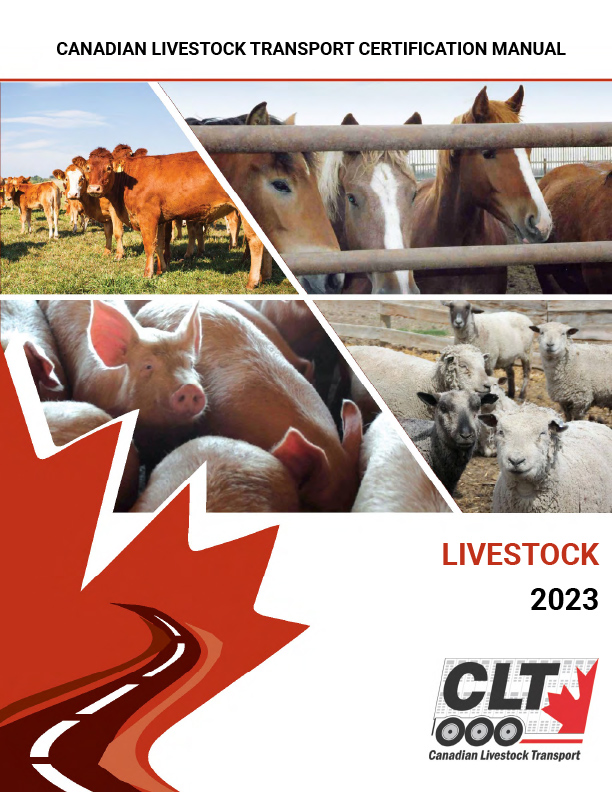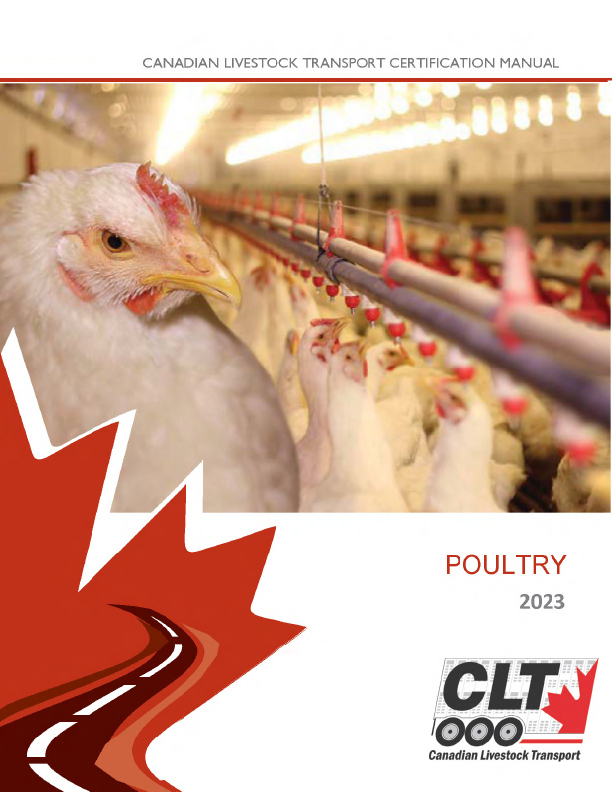References
Humane Transport / Animal Welfare
Protecting animal welfare in Canada is a shared responsibility between governments (federal, provincial and territorial), and industry (producers, transporters and staff in registered slaughter establishments). Canadian provinces and territories have the primary responsibility for protecting the welfare of animals, including farm animals.
Laws and Regulations
The Canadian Food Inspection Agency (CFIA) is responsible for the welfare of animals during transport, as specified in the requirements of the Health of Animal Regulations, which governs the humane transportation of animals in Canada.
- Health of Animals Regulations: Part XII Transport of Animals
- Regulatory Amendment Interpretive Guidance for Regulated Parties
- Humane Transportation Regulations Then vs Now infographic
- Safe Food for Canadians Act
- Criminal Code of Canada, Part XI, Section 446
- Transporting unfit or compromised animals
Other resources
- Are you sure that animal is fit for the trip?
- Designated Border Ports of Entry for Feeder and Slaughter Horses Entering Canada from the United States
- Transporting animals during hot and humid weather
- Transporting animals during cold weather conditions
Humane Transportation of Animals: Transport Information for the General Public
Animal Welfare
Canadian provinces and territories have the primary responsibility for protecting the welfare of animals, including farm animals. All provinces and territories have laws in respect to animal welfare.
Codes of Practice for the Care and Handling of Farm Animals
The Codes of Practice are nationally developed guidelines for the care and handling of farm animals. Canada’s code development process is led by the National Farm Animal Care Council.
The Code of Practice for the Care and Handling of Farm Animals: Transportation was released in 2001. Since this Code is considered out-of-date and because it was not developed through NFACC’s rigorous Code process, it has been archived but is still accessible as some of the information is still considered useful guidance (e.g., Appendix 2 - density charts for various species).
Animal Biosecurity
Putting preventive measures in place to keep animals healthy has been a long-standing and successful practice on Canadian farms. Biosecurity planning helps to ensure that practices routinely carried out on your farm are beneficial to animal health.
National biosecurity standards
The CFIA develops national biosecurity standards, protocols and strategies designed to protect animal resources in collaboration with producer organizations, provincial/territorial governments, and academia.
General biosecurity measures for producers and veterinarians
- Assess your biosecurity practices
- Biosecurity for veterinarians
- Monitor your animals
- See something? Say something – Reporting animal diseases
Additional information
- Biosecurity brochures and videos
- Biosecurity Information for the General Public
- Strengthen On-Farm Biosecurity During Wild Bird Migration
Source: CFIA


